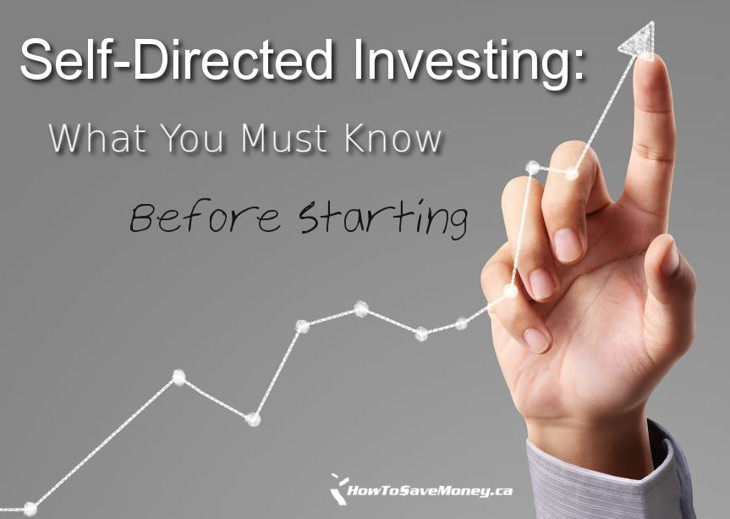Some retirement savers choose this option in their 401(k) plan.
Provided by Marc Aarons @ Money Managers, Inc.
Ever hear of an SDBA? That acronym stands for self-directed brokerage account. If you are enrolled in a 401(k), 403(b), or 457 plan, you might want to see if your plan gives you this option, which is often unnoticed.
About 40% of workplace retirement plans now have SDBAs. These accounts can connect you to a wider variety of investment choices than the default ones presented in your plan, meaning potentially greater flexibility for your portfolio.
Why are SDBAs underutilized? Simply put, they are not for every retirement saver. They are geared toward the pre-retiree who works with an investment professional and/or the investor comfortable with managing his or her level of risk. According to Aon Hewitt research, only about 3% of retirement plan participants use SDBAs – and the average account balance of those who do is around $250,000.
If you are a high earner who is well acquainted with investing, an SDBA may really appeal to you. Through an SDBA, you can usually access a wide variety of equity and fixed-income investment options, plus professional investment management. All of your core account need not go into an SDBA; if you wish, you may transfer just a portion of those assets into it.
Can you handle the responsibility of a self-directed account? That will depend on a few factors: your knowledge, your tolerance for risk, your time horizon, your outlook on saving and investing, and your ability to devote time to your portfolio. You will also want to look at your plan’s fee disclosure, as fees may be slightly higher with a brokerage-enabled account.
If the basic investment choices in your workplace retirement plan leave you dissatisfied, an SDBA might lead you to some good alternatives. If you like being hands-on, an SDBA will give you the chance to fine-tune your allocations in various investment classes.
Alternately, you could ask an investment professional to manage the assets in the SDBA and consult you to weigh decisions. This is a smart, rational choice. When you “fly solo,” you risk succumbing to impulsive investment moves, which may backfire.
An investment professional can also help you set metrics for your SDBA and assist you in defining your investment style and risk tolerance. Any SDBA should be viewed in the context of your overall retirement planning strategy, and if its performance really lags, it should be thoroughly reassessed.
Financially literate legal, medical, and consulting professionals are often interested in the potential of SDBAs. So are other well-compensated retirement plan participants. If your 401(k), 403(b), or 457 plan has a brokerage window, you may want to talk with an investment professional to explore the option of using an SDBA as you save for retirement.
«representative name» Marc Aarons, 714-887-8000 or marc@ocmoeymanagers.com
MMI Disclosures
Citations.
1 – money.usnews.com/investing/articles/2017-04-12/pros-and-cons-of-401-k-brokerage-options [4/12/17]
This material was prepared by MarketingPro, Inc., and does not necessarily represent the views of the presenting party, nor their affiliates. All information is believed to be from reliable sources; however we make no representation as to its completeness or accuracy. Please note – investing involves risk, and past performance is no guarantee of future results. The publisher is not engaged in rendering legal, accounting or other professional services. If assistance is needed, the reader is advised to engage the services of a competent professional. This information should not be construed as investment, tax or legal advice and may not be relied on for the purpose of avoiding any Federal tax penalty. This is neither a solicitation nor recommendation to purchase or sell any investment or insurance product or service, and should not be relied upon as such. All indices are unmanaged and are not illustrative of any particular investment.

Comments are closed